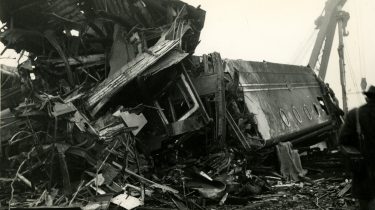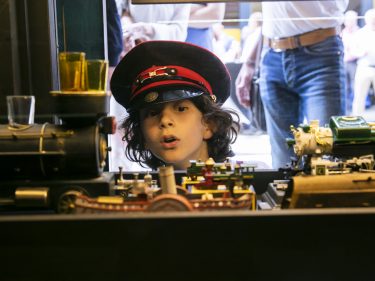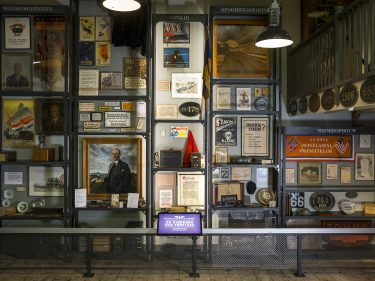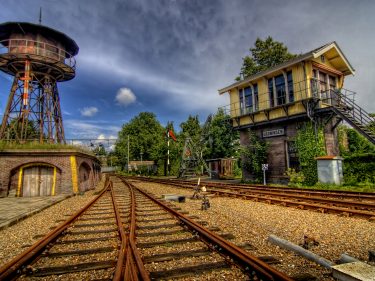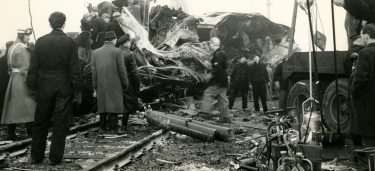
Harmelen Train Disaster
- Activity
- Exhibition
- Date
- 8 Jan 2022 t-m 30 Oct 2022
- Age
- Adults
In the early morning of Monday 8 January 1962, two passenger trains collided near Harmelen. 52 people were injured and 93 people died, including both train drivers. The train disaster caused a great shock in the Netherlands. In response to the disaster, radio and television suspended their broadcasts on 8 January 1962, and flags were flown at half-mast at stations and government buildings.
Journalists and radio and television crews were quickly on the scene to report on the huge havoc and the rescue and salvage operations. There was also an inflow of relatives and people hurrying to the scene just to watch the drama unfold. Queen Juliana interrupted her winter sports holiday to visit the wounded in the hospitals and in the church in Utrecht, where the deceased were put in state in closed coffins. During a day of national mourning on 12 January, all victims were remembered.
After a thorough investigation by the Railway Accident Board, it turned out that the cause of the disaster was human error on the part of the train driver of the express train, who had overlooked a signal in dense fog. As a result, the council forced NS to introduce a new security system nationwide: Automatic Train Control (ATB), which automatically stops the train at a red signal.
Exactly fifty years after the train disaster near Harmelen, a monument was unveiled by Pieter van Vollenhoven, former head of the Dutch Safety Board, in memory of the disaster and its victims. The monument offers a view of the disaster site and consists of two lists of names and a pedestal on which a body depicts the victims.
